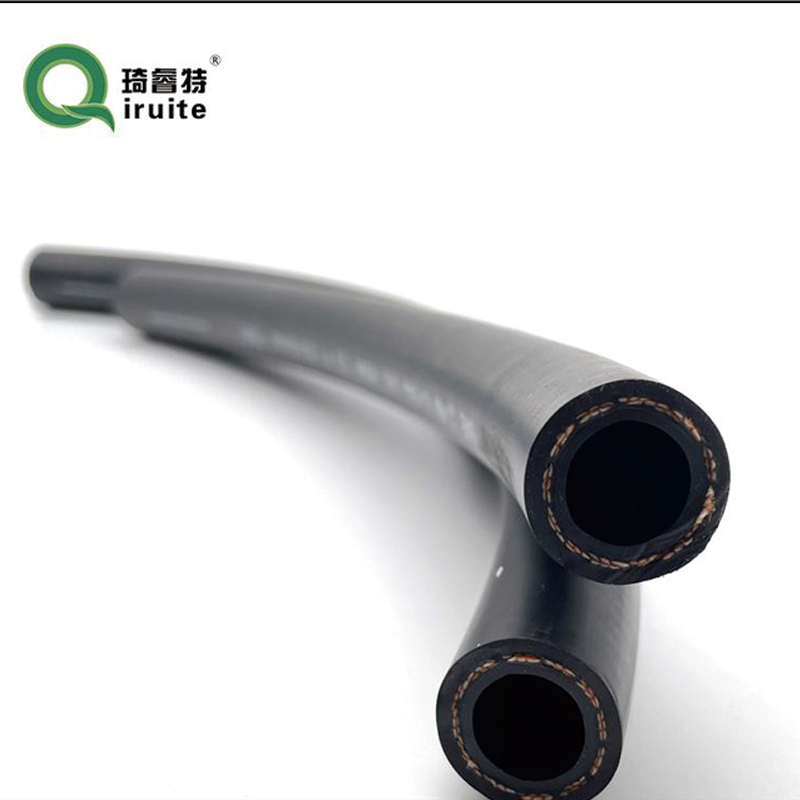Understanding Pipe Coupling Connections for Enhanced Joint Performance and Durability
Understanding Pipe Coupling Joints A Comprehensive Guide
When it comes to plumbing and piping systems, the importance of pipe coupling joints cannot be overstated. These joints serve as critical components that enable the connection between two or more sections of pipes, ensuring that fluids can flow smoothly from one pipe segment to another. This article delves into the types, functions, and benefits of pipe coupling joints, providing a thorough understanding of their significance in various applications.
Types of Pipe Coupling Joints
There are several types of pipe coupling joints, each designed for specific applications and materials. The most common types include
1. Threaded Couplings These joints feature male and female threads that screw together, making them easy to assemble and disassemble. Threaded couplings are often used in flexible plumbing systems, allowing for quick repairs and adjustments.
2. Welded Couplings In this type, pipes are joined together using a welding technique. Welded couplings are preferred for high-pressure applications because they create a strong, seamless connection that minimizes the risk of leaks.
3. Socket Couplings Also known as slip couplings, these are used to connect two pipe ends together with an interference fit. Socket couplings are ideal for pipes of the same diameter and are typically easier to install than threaded or welded joints.
4. Compression Couplings These joints use mechanical pressure to join pipes, often involving a gasket or rubber sealing component. Compression couplings are particularly useful for joining pipes of varying materials and dimensions.
5. Flexible Couplings Designed to accommodate misalignment and vibration, flexible couplings are crucial for systems where movement occurs. They can connect pipes of different sizes and materials, providing versatility in installation.
Functions of Pipe Coupling Joints
The primary function of pipe coupling joints is to connect pipe segments, but their role extends beyond merely linking pieces of pipe. Pipe coupling joints are essential for
pipe coupling joint

- Maintaining Fluid Flow Properly designed and installed couplings ensure that fluids can flow without obstruction, preventing blockages that may lead to system failures
.- Pressure Management Joints must withstand varying pressures depending on the application, from water supply systems to industrial processes. Coupling joints are designed to handle these pressures reliably.
- Allowing Movement In many applications, pipes may expand, contract, or shift due to temperature changes or external forces. Flexible and expansion couplings enable movement while maintaining a secure connection.
Benefits of Using Pipe Coupling Joints
Utilizing pipe coupling joints effectively enhances the efficiency and durability of piping systems. Here are some key benefits
- Ease of Installation Many coupling types can be installed quickly with minimal tools, reducing labor costs and project timelines.
- Cost-Effectiveness By using couplings, systems can be designed more flexibly, allowing for easier repairs and upgrades, leading to long-term savings.
- Enhanced Durability High-quality coupling joints are designed to resist corrosion, pressure changes, and temperature fluctuations, contributing to the overall longevity of the piping system.
- Improved Safety Reliable pipe coupling joints minimize the risk of leaks and failures, contributing to increased operational safety in both residential and industrial settings.
Conclusion
Pipe coupling joints play an indispensable role in the functionality and reliability of piping systems across various applications. Understanding the different types, functions, and benefits of these joints is crucial for engineers, plumbers, and maintenance professionals. By selecting the appropriate coupling joints for specific needs, one can ensure an efficient, long-lasting, and safe piping system that meets industry standards and requirements. Whether in industrial applications or everyday plumbing, the significance of these joints remains paramount in maintaining fluid dynamics and system integrity.
-
Ultimate Spiral Protection for Hoses & CablesNewsJun.26,2025
-
The Ultimate Quick-Connect Solutions for Every NeedNewsJun.26,2025
-
SAE J1401 Brake Hose: Reliable Choice for Safe BrakingNewsJun.26,2025
-
Reliable J2064 A/C Hoses for Real-World Cooling NeedsNewsJun.26,2025
-
Heavy-Duty Sewer Jetting Hoses Built to LastNewsJun.26,2025
-
Fix Power Steering Tube Leaks Fast – Durable & Affordable SolutionNewsJun.26,2025

